Do I need to putty the walls before wallpapering and how to do it right
Wallpaper can be glued to almost any wall. The main thing is that they are dry and even.
When the last condition is not true, the surface is plastered while leveling. And here the question arises: is it necessary to putty the walls before wallpapering, or can you do without this procedure? We answer.
The content of the article
Why do we need putty for wallpaper?
Remember what the wallpaper used to be? Paper, with edges that needed to be cut on one side and glued with an overlap. This made it possible not to particularly care about the smoothness of the base; most often, the walls before the final decoration were sealed with old newspapers.
Today, old newspapers have already been abandoned, but the unevenness of the walls still makes you tinker with the wallpaper to go as it should. That is why many people prefer to immediately entrust these efforts to outside masters who will do it faster, without unnecessary nerves and efficiently.
Modern wallpaper glued butt. And the slightest hole or protrusion at the junction of adjacent paintings lead to a poor-quality seam. Ideally, it should be generally invisible, so the foundation needs to be carefully aligned.
But the role of putty is not only this.
Putty Functions
In addition to the final alignment of walls or ceilings, finishing putty allows you to solve other problems, including:
- Elimination of defects such as cracks, chips, large scratches, etc .;
- Giving the base more strength;
- Improving the adhesive properties of the base - its ability to firmly adhere to the finish coating;
Note. This property is fully possessed by primers, and in some cases it is sufficient to use only them if the other qualities of the putty are not relevant in your case.
- Reduced ability of wall materials to absorb moisture. This is important for high-quality wallpaper stickers and saves glue;
- Alignment of color of a surface. White putty will reliably protect the wallpaper (seeWall decoration in wallpaper in the correct execution) from spots that can be seen through them from an untreated wall.
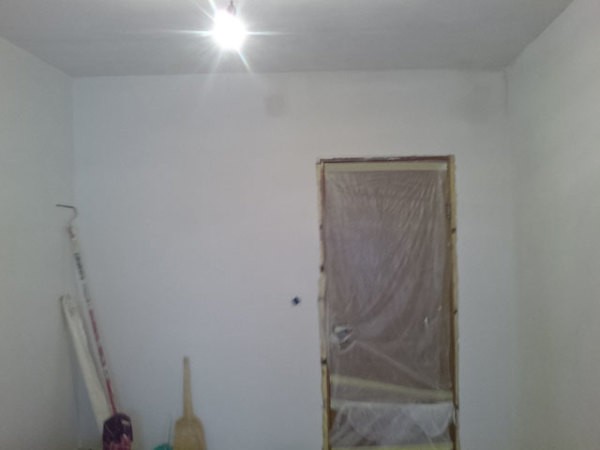
As you can see, the putty has a lot of functions, and any of them can play a decisive role in the quality of the finish.
Putty of different materials
Now let's figure out whether putty is always needed and how it depends on the base material:
- Brick walls definitely need leveling. If the masonry is fairly even, you can do without plaster, using several layers of starting coarse-grained putty, and finish the preliminary finish with a thin finish layer.
- But the concrete walls can be so even and strong that they will not require the application of putty. Especially if they have a uniform color, you have chosen a fairly dense non-translucent wallpaper, and the room will have a constant temperature and normal humidity.
But they must be primed before pasting - this is required by the instruction. The primer will improve adhesion and create a moisture-proof film on the surface.
For reference. If on the concrete surface there are small potholes and chips or joints between the plates, it is enough to fill only these places with putty.
- Plaster. Plaster mixes are rather rough.And even if the surface turned out to be even, smooth, it is unlikely to be. Particles of sand make it rough, unsuitable for wallpaper stickers.
- Plasterboard walls still cause the greatest amount of controversy on the topic - whether they need to be puttied or can be limited only to sealing joints. After all, they are used just for leveling walls instead of plaster.
In this case, putty is also needed, but to protect the drywall itself (seeHow to putty the ceiling of drywall and avoid mistakes), or rather - its external paper coating. If you paste the wallpaper directly on it, then at the next repair the paper will be removed along with the old wallpaper, exposing the gypsum core, which will lead to the need for a complete replacement of the sheets.
It is clear that the price of such repairs is not comparable with the cost of putty.
- Wooden surfaces - from plywood, OSB-boards and other similar materials also require puttying. The reason is their high absorbency. Wallpaper glue water can cause the base to swell, causing the wallpaper to fall off.
Note. Before you putty the walls before pasting the wallpaper, they must be primed with a resin-based compound to protect it from moisture.
Conclusion
Usually, putty under wallpaper you need any surface, even if it looks solid, even and smooth. Another thing is that it is not necessary to bring it to perfection, as minor flaws will disappear under the cover.
But how to do this, you can find out by watching the video in this article or by familiarizing yourself with the relevant materials on our website.

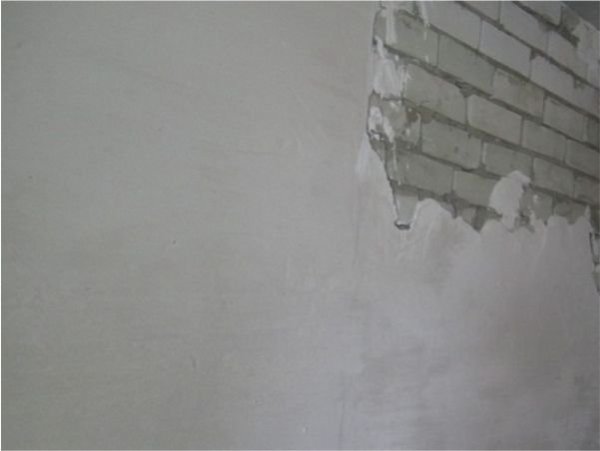
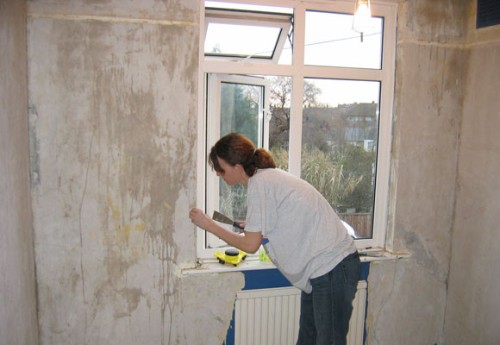
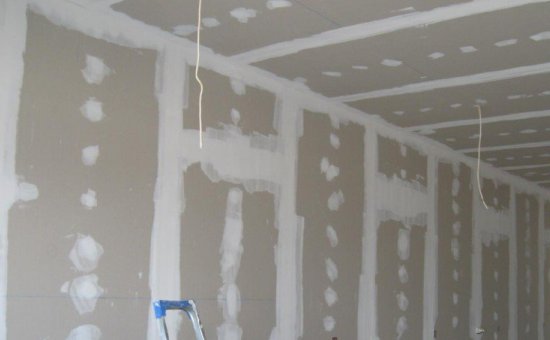

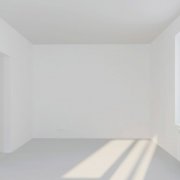
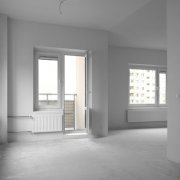
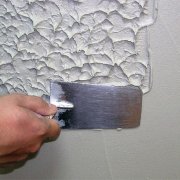
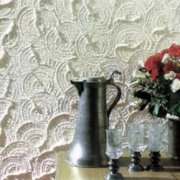
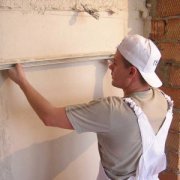
Good afternoon! There is an important question! If the brick wall is plastered, is it necessary to make starting putty, then finishing before gluing the wallpaper? Or is the finish enough?
The same question on the wall of gypsum blocks with frayed seams?
Thank.